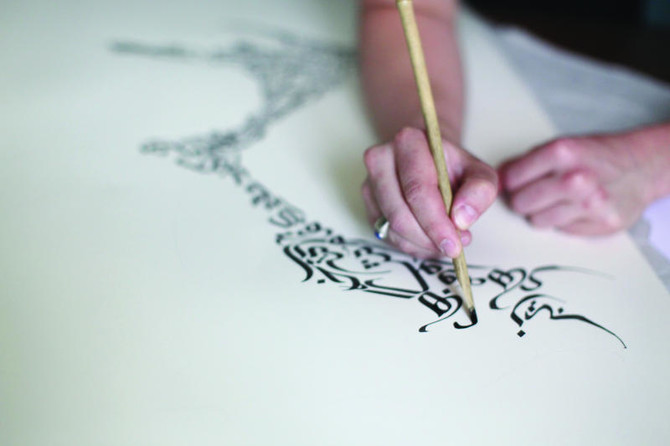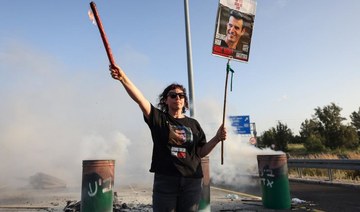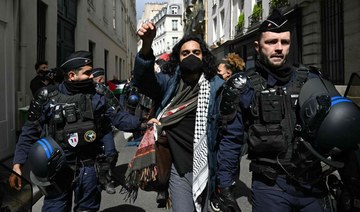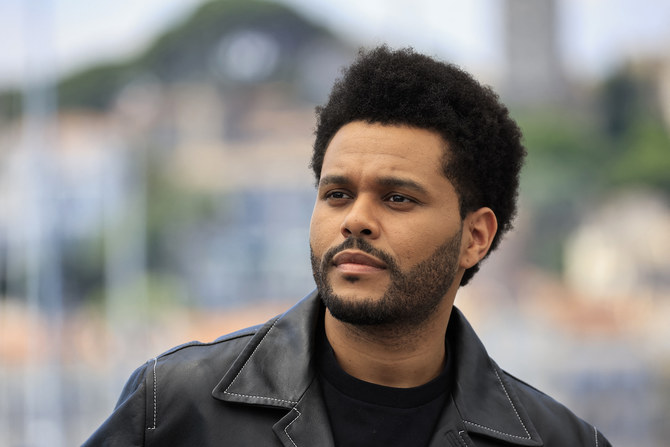Even non-Muslims can’t help but fall madly in love with the beautiful Islamic culture and let it be part of their lives. After all, this great faith has so much enriching to offer to the world. And one such person keen to make it happen is Josh Berer, an impassioned American calligrapher whose heart and soul simply beats for Arabic calligraphy.
He believes that the Arabic script of all scripts brought into being, is by far the most flexible, versatile and capable of the greatest degree of creativity one can ever think of. As a matter of fact, it was a predestined journey for him that he would later stumble upon and find out what he really wanted out of life.
So what made him become a true devotee of Arabic calligraphy in the first place? “I first fell in love with this beautiful handwriting art as a 19-year-old graffiti artist who had just started learning Arabic. When I moved to college, I continued with my lessons in Arabic language and encountered Arabic calligraphy.”
And there it was! He was sketching a piece of graffiti, and it dawned on him that graffiti in Arabic was almost heaven-sent. “The flow of Arabic letters lends themselves so naturally and perfectly to graffiti that I couldn’t help but try it,” he says.
Looking closer enough, it occurred to him that there exist some obvious parallels between the two art forms, one which is ancient and traditionally rigid whereas the other seems modern and is in constant state of change. Besides, the switch from graffiti to Arabic calligraphy isn’t as dramatic as one might think. “The hand motions that a graffiti artist practices thousands upon thousands of times aren’t that dissimilar to those a student of calligraphy must follow in the same order until every letter comes naturally and produces a perfect result.”
Nonetheless, he knew that he will need to learn the traditional part flawlessly before jumping into an ultra-modern manifestation of Arabic calligraphy such as graffiti. Otherwise, it would be disrespectful. “I decided that to do graffiti in Arabic, I first must learn the calligraphy that would influence it. So I made up my mind to put Arabic graffiti on hold. However, graffiti will always have a pivotal role to play in my calligraphy and that is something I’m forever going to bring to the table,” he tells.
Growing up
Berer’s childhood was quite different from that of his friends. Thanks to his mother who is a professor of Islamic Art History, he grew up surrounded by Islamic calligraphy and other splendid arts of the Muslim world-ceramic, textiles etc. They spent time in Istanbul together. This way, he also came to know about the stories of the unimaginable beauty of Isfahan, Mazar-e Sharif and Herat. “I remember, as a young child, thinking “What a boring thing to study.” But I was wrong. After all, life has a way of bringing us full circle!
Right after his graduation that earned him a scholarship for excellence in Arabic studies, he flew to Sana’a, Yemen for six months in order to see for himself and understand the Islamic culture closely allowing him to gain solid advanced knowledge in traditional Arabic grammar, Islamic law including modern literature, Arabic calligraphy and oral poetry.
He follows two styles formally and these are Sulus and Nesih. Yet, there are many other styles that he practices in his work. Some of them are traditional ones, but most of them are contemporary ones, such as, many of his own creation such as Zoomorphic (art that is fashioned in animal form), Beladi, Figural and Massoudy.
In hindsight, there is a tricky procedure involved that makes what he does a bit more demanding. “The thing about Islamic calligraphy, particularly in America, is that it’s not just pen on paper. There is an entire canon of related arts that one must master as well. Even the tools that we use can’t be found here and must be made. I grind raw agate until it shines and then set it in a handmade handle of ash to burnish the paper. I grind raw pigments to make my marbled paper. I either make my own paper from raw pulp, or I dye commercial paper in a tank I made to accommodate large-size papers. I sourced the bamboo I use here in America so I wouldn’t keep having to bring it every now and then from Turkey, and for pieces that require a very large pen, I turn those pens from walnut on a lathe,” he says.
In his eyes, the idea of veracity comes first which he attains using a reed pen. He doesn’t use computer fonts or computer calligraphy for his work at all. “The ink I use is traditional soot ink that has been used in Arabic calligraphy for more than a millennium.”
If one seems to have an undying desire to learn about it, then he should keep it in mind that it’s not just one art that he can study in his spare time. Rather, it’s a vast department where one needs to spruce up his skills step by step. “You need to be familiar with the entire world of craftsmanship from creating a piece to putting every single aspect of the equation in order; the paper being hand-made, the marbling is your own, the gold work is hand-laid, and the last thing is the final assemblage that has to be looking seamless,” he points out. “It’s a holistic craft that requires discipline in every aspect.”
What does he get motivated by? “Nothing but deadlines,” he said. “I try and get everything to my clients within a week, so I’m often very late into the night doing draft after draft until I find the one that works.”
There are certain role models in his life that he looks up to. One of them is his own teacher, Mohamed Zakariya who is, in fact, the US’ foremost expert of Arabic calligraphy. He has been a source of inspiration for Berer for many years and it’s clear why. “I feel few would be able to achieve what he has even if they had two lifetimes to do it,” he says. “There is a cadre of teachers and master calligraphers in Turkey who are working to keep the excellence associated with this art alive and flourishing. They are my heroes.”
Moreover, he had been spellbound by the late great woodworker James Krenov on what it means to be a craftsman. Then, he cannot deny the precious role of his parents when it comes to exciting his curiosity toward Islamic culture. “My father is a master craftsman in his own right, and had it not been from his lessons in craft and my mother’s teaching in Islamic arts, I doubt I would be on this eternal path,” he admits.
Asked what his relatives and friends thought of his profession, he said, “Most didn’t know that “Arabic calligrapher” was a job-option. I didn’t either until a few years ago.”
In fact, it isn’t easy to achieve complete perfectness over this art. He thinks that one can be a master calligrapher, but he doesn’t think there is such a thing as a perfect piece. “We are imperfect beings striving for perfection in a divine art. To me, what we term a master calligrapher is more accurately a very, very, very good calligrapher. There is no completion, no point where improvement stops,” he says.
On his behalf, he has set a very good example by incorporating both Arabic and Hebrew in several pieces like one was a marriage contract for an interfaith couple, another was a birthday present for an 80-year-old Iraqi Jewish fellow. But the one for which he is best known is the Hamsa that he did for a company based in New York that wanted to have their mission statement written in both languages. “We chose the Hamsa because it is a symbol of protection and luck in both Muslim and Jewish cultures and we thought that the idea of intertwining culture would work very well on paper with intertwining calligraphy.”
Talking about his clientele, he said, “My clients range from corporate world seeking logos and branding work, to families seeking art to hang, couples looking for an emblem for their wedding invitations, and everything in between. I would say about sixty percent of my clients are Muslims, probably fewer than thirty percent are Arabs.”
Any advice for those who are aspiring to become a calligrapher? “Calligraphy is hidden in the teaching of a master and its constancy is maintained by much practice. Learning calligraphy is a lifelong pursuit. I think that learning calligraphy is by far the most rewarding and fulfilling thing I have ever done, and I encourage others to do it.”
But those who approach it thinking that after a few weekend workshops they’ll be producing complex compositions are in for a disappointment. “Also go to Turkey. Even if you can’t move there; if you’re serious about calligraphy, you should go to Istanbul for a couple of weeks a year,” he says.
No wonder he has future plans to execute. “My future plans are to complete my training in Istanbul first and foremost. I am working with a group of calligraphers here in America to create an organization to help spread calligraphy teaching in America, and help more people learn calligraphy. I would like to see that organization grow and spread in future years.”
Email: [email protected]
































